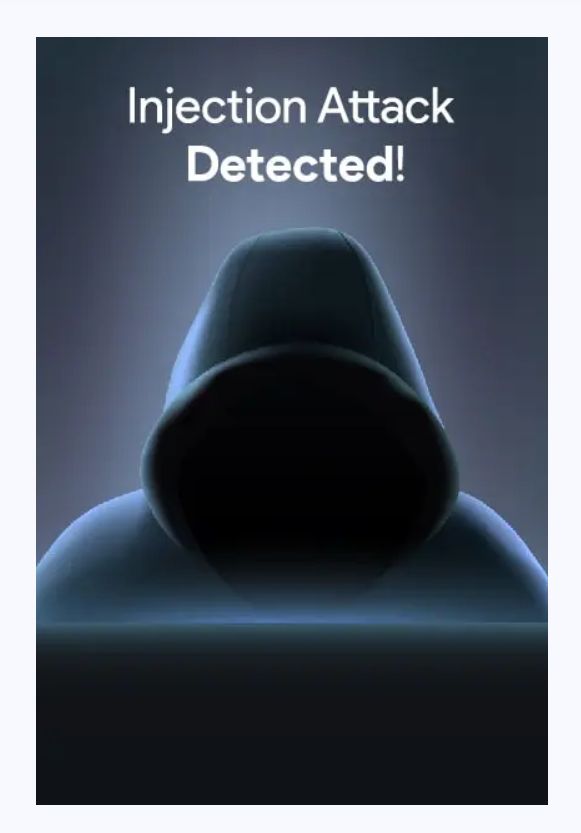In today’s digital world, where most financial and onboarding processes are conducted online, verifying a user’s real identity has become more critical than ever. Cybercriminals are constantly finding new ways to bypass verification systems, including using fake photos, deepfakes, and camera injection attacks. To counter these threats, liveness checks have become an essential component of secure identity verification systems. Let’s understand how liveness detection technology works and how it protects against camera injection attack.
What Is a Liveness Check?
A liveness check is a biometric security feature designed to determine whether the face or biometric data being captured belongs to a live person physically present at the time of verification. Unlike static images or recorded videos, liveness detection can identify subtle cues like facial movement, blinking, head rotation, or even micro-textures of the skin to confirm real presence.
This process plays a vital role in digital KYC (Know Your Customer), identity verification, and remote onboarding. Businesses in banking, fintech, travel, and e-commerce rely on liveness checks to reduce identity fraud and ensure that only genuine users can access their services.
There are two primary types of liveness detection:
- Active Liveness Check: The user performs simple actions, like blinking or smiling, to prove they’re real.
- Passive Liveness Check: The system automatically analyzes live video or images without requiring user actions, offering a smoother and more user-friendly experience.
Understanding Camera Injection Attacks
A camera injection attack is a sophisticated method used by fraudsters to bypass biometric verification systems. Instead of showing a real face to the camera, attackers inject pre-recorded or manipulated video feeds directly into the verification system. This technique tricks the software into believing it’s capturing live data, even though it’s receiving a fake input.
Such attacks are particularly dangerous because they can fool systems that rely only on visual verification without advanced liveness detection mechanisms. Camera injection attacks often use tools like:
- Virtual cameras that simulate real hardware.
- Software emulators that feed fake video frames.
- Deepfake technology that creates realistic but synthetic faces.
If not prevented, these attacks can lead to unauthorized account access, identity theft, and large-scale financial fraud.
How Liveness Detection Prevents Camera Injection Attack
Modern liveness detection systems are built with advanced AI and machine learning algorithms that make camera injection attacks almost impossible to execute successfully. Here’s how:
- Hardware and Sensor Validation: The system checks if the video feed is coming from an authentic camera device, not a virtual source.
- Data Flow Analysis: AI models detect abnormalities in data patterns, ensuring the video input is genuinely live.
- Challenge-Response Mechanisms: In active checks, the system requests specific real-time actions (like blinking or turning the head) that injected videos can’t replicate.
- Deepfake Detection: Using advanced face recognition and motion analysis, the system identifies synthetic faces and digitally manipulated content.
By integrating liveness check into KYC verification workflows, businesses can build a robust defense against camera injection and other spoofing attacks.
Why Liveness Check Is Essential for Modern Businesses
In industries like banking, insurance, fintech, and healthcare, protecting user data is a top priority. Implementing a strong liveness check ensures:
- Secure and frictionless digital onboarding
- Compliance with KYC and AML regulations
- Protection against identity fraud and spoofing
- Trust and transparency in customer interactions
Moreover, the use of AI-powered liveness detection not only enhances security but also improves user experience by making verification faster and more reliable.
Conclusion
As digital transformation accelerates, the risks of fraud and cyberattacks also grow. The combination of liveness checks and anti-camera injection technology ensures that identity verification systems remain one step ahead of cybercriminals. Businesses adopting these technologies can confidently safeguard user data, prevent unauthorized access, and maintain compliance with global security standards.
In short, liveness detection is not just a security measure — it’s a foundation of trust and authenticity in today’s digital identity verification landscape.

